Peanuts in Spanish-speaking Mexico, known as “cacahuates,” have a long and savory history that has made them a staple in Mexican cuisine. These crunchy legumes, with their earthy and nutty flavor, play a significant role in traditional dishes and popular street foods across the country. From spicy peanut salsas to flavorful mole sauces, peanuts are a versatile ingredient that adds depth and richness to a wide variety of recipes. One of the most iconic ways peanuts are enjoyed in Mexico is as a popular snack food. Roasted peanuts, often seasoned with salt, lime, and chili powder, are a common street food sold by vendors on bustling city streets and at local markets. The combination of these savory, tangy, and spicy flavors creates a mouthwatering treat that satisfies cravings and provides a quick energy boost. Beyond being a delicious snack on their own, peanuts are also a key ingredient in many traditional Mexican dishes. Mole, a rich and complex sauce made from a blend of chilies, spices, and other ingredients, often includes peanuts to add a creamy texture and nutty undertone. The addition of peanuts helps balance the heat of the chilies and enhances the overall flavor profile of the sauce.
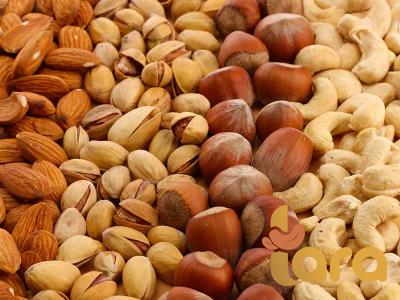
.
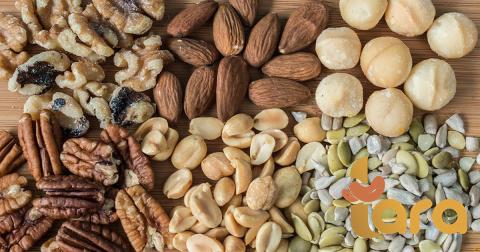 Peanuts are also used in Mexican desserts to create decadent treats that are enjoyed during special occasions and celebrations. Polvorones, a type of shortbread cookie, are made with ground peanuts to add a unique flavor and texture. These cookies are often enjoyed with a cup of hot chocolate or as a sweet treat after a meal. In addition to their culinary uses, peanuts also offer a range of health benefits. Peanuts are a good source of protein, healthy fats, and essential nutrients such as vitamin E, niacin, and folate. They are also rich in antioxidants and have been linked to a reduced risk of heart disease and other chronic conditions when consumed as part of a balanced diet. For those looking to incorporate peanuts into their Mexican-inspired dishes at home, there are countless recipes to explore. From peanut salsas and sauces to peanut-crusted meats and vegetables, the possibilities are endless. Experimenting with different flavor combinations and cooking techniques can lead to delicious and creative dishes that showcase the versatility of peanuts in Mexican cuisine. Whether enjoyed as a snack on the go, a key ingredient in a traditional recipe, or a nutritious addition to a meal, peanuts in Spanish-speaking Mexico offer a rich and flavorful experience that satisfies the palate and nourishes the body. With their irresistible crunch and robust flavor, peanuts are a must-have ingredient for anyone looking to explore the diverse and delicious world of Mexican cuisine.
Peanuts are also used in Mexican desserts to create decadent treats that are enjoyed during special occasions and celebrations. Polvorones, a type of shortbread cookie, are made with ground peanuts to add a unique flavor and texture. These cookies are often enjoyed with a cup of hot chocolate or as a sweet treat after a meal. In addition to their culinary uses, peanuts also offer a range of health benefits. Peanuts are a good source of protein, healthy fats, and essential nutrients such as vitamin E, niacin, and folate. They are also rich in antioxidants and have been linked to a reduced risk of heart disease and other chronic conditions when consumed as part of a balanced diet. For those looking to incorporate peanuts into their Mexican-inspired dishes at home, there are countless recipes to explore. From peanut salsas and sauces to peanut-crusted meats and vegetables, the possibilities are endless. Experimenting with different flavor combinations and cooking techniques can lead to delicious and creative dishes that showcase the versatility of peanuts in Mexican cuisine. Whether enjoyed as a snack on the go, a key ingredient in a traditional recipe, or a nutritious addition to a meal, peanuts in Spanish-speaking Mexico offer a rich and flavorful experience that satisfies the palate and nourishes the body. With their irresistible crunch and robust flavor, peanuts are a must-have ingredient for anyone looking to explore the diverse and delicious world of Mexican cuisine.
..
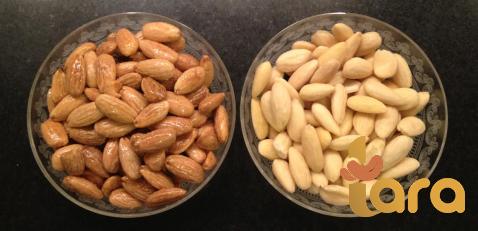 Their versatility in both savory and sweet dishes makes peanuts a beloved ingredient in Mexican cuisine, adding depth and complexity to a wide array of dishes. From stews and sauces to snacks and desserts, peanuts bring a unique texture and flavor that enhances the overall dining experience. In Mexican culture, peanuts hold a special place as a symbol of hospitality and generosity. It is common for hosts to offer guests a bowl of roasted peanuts as a welcoming gesture, inviting them to relax and enjoy the company. This simple yet thoughtful tradition highlights the social importance of peanuts in Mexican society, where sharing food is a way to show care and appreciation for others. Peanuts are also a popular ingredient in traditional Mexican street food, where vendors showcase their creativity by incorporating this humble legume into a variety of mouthwatering dishes. Tostilocos, a popular snack made with chopped peanuts, cucumber, jicama, and tamarind candy, is a delightful blend of flavors and textures that reflects the vibrant street food culture of Mexico. This innovative dish combines the crunch of peanuts with the freshness of vegetables and the tangy sweetness of tamarind, creating a sensory experience that is both familiar and exciting. Another iconic Mexican dish that highlights the use of peanuts is the classic Mole Poblano. This rich and complex sauce, often served over chicken or turkey, features a blend of ingredients including peanuts, chocolate, chili peppers, and spices.
Their versatility in both savory and sweet dishes makes peanuts a beloved ingredient in Mexican cuisine, adding depth and complexity to a wide array of dishes. From stews and sauces to snacks and desserts, peanuts bring a unique texture and flavor that enhances the overall dining experience. In Mexican culture, peanuts hold a special place as a symbol of hospitality and generosity. It is common for hosts to offer guests a bowl of roasted peanuts as a welcoming gesture, inviting them to relax and enjoy the company. This simple yet thoughtful tradition highlights the social importance of peanuts in Mexican society, where sharing food is a way to show care and appreciation for others. Peanuts are also a popular ingredient in traditional Mexican street food, where vendors showcase their creativity by incorporating this humble legume into a variety of mouthwatering dishes. Tostilocos, a popular snack made with chopped peanuts, cucumber, jicama, and tamarind candy, is a delightful blend of flavors and textures that reflects the vibrant street food culture of Mexico. This innovative dish combines the crunch of peanuts with the freshness of vegetables and the tangy sweetness of tamarind, creating a sensory experience that is both familiar and exciting. Another iconic Mexican dish that highlights the use of peanuts is the classic Mole Poblano. This rich and complex sauce, often served over chicken or turkey, features a blend of ingredients including peanuts, chocolate, chili peppers, and spices.
…
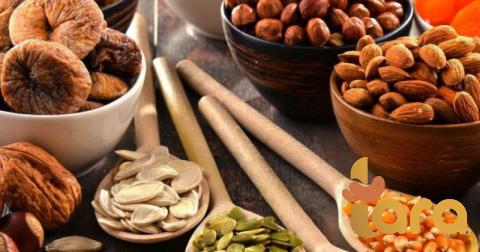 The addition of peanuts not only contributes to the sauce’s creamy consistency but also adds a subtle nuttiness that complements the sweetness of the chocolate and the heat of the peppers. Mole Poblano is a labor of love, requiring hours of simmering and stirring to achieve the perfect balance of flavors, making it a dish that is reserved for special occasions and celebrations. Peanuts are also a key component in Mexican desserts, where their rich flavor and crunchy texture can elevate sweet treats to new heights. Marzipan, a confection made from ground almonds or peanuts and sugar, is a popular dessert in Mexico that showcases the versatility of peanuts in creating decadent and indulgent sweets. The smooth and creamy texture of marzipan, combined with the nutty flavor of peanuts, creates a dessert that is both satisfying and luxurious. In Mexican cuisine, the art of cooking with peanuts is a time-honored tradition that has been passed down through generations. Families gather in the kitchen to prepare meals together, sharing stories and recipes that have been cherished for years. Peanuts serve as a common thread that connects these generations, linking the past to the present and ensuring that culinary traditions endure. Whether enjoyed as a simple snack, a flavorful ingredient in a savory dish, or a decadent addition to a dessert, peanuts in Spanish-speaking Mexico offer a culinary experience that is as diverse as it is delicious. Their rich history, unique flavor profile, and nutritional benefits make them a valuable ingredient in Mexican cuisine and a beloved staple in the hearts and homes of those who appreciate the art of good food. So, the next time you savor a dish made with peanuts, remember the cultural significance and culinary craftsmanship that goes into every flavorful bite.
The addition of peanuts not only contributes to the sauce’s creamy consistency but also adds a subtle nuttiness that complements the sweetness of the chocolate and the heat of the peppers. Mole Poblano is a labor of love, requiring hours of simmering and stirring to achieve the perfect balance of flavors, making it a dish that is reserved for special occasions and celebrations. Peanuts are also a key component in Mexican desserts, where their rich flavor and crunchy texture can elevate sweet treats to new heights. Marzipan, a confection made from ground almonds or peanuts and sugar, is a popular dessert in Mexico that showcases the versatility of peanuts in creating decadent and indulgent sweets. The smooth and creamy texture of marzipan, combined with the nutty flavor of peanuts, creates a dessert that is both satisfying and luxurious. In Mexican cuisine, the art of cooking with peanuts is a time-honored tradition that has been passed down through generations. Families gather in the kitchen to prepare meals together, sharing stories and recipes that have been cherished for years. Peanuts serve as a common thread that connects these generations, linking the past to the present and ensuring that culinary traditions endure. Whether enjoyed as a simple snack, a flavorful ingredient in a savory dish, or a decadent addition to a dessert, peanuts in Spanish-speaking Mexico offer a culinary experience that is as diverse as it is delicious. Their rich history, unique flavor profile, and nutritional benefits make them a valuable ingredient in Mexican cuisine and a beloved staple in the hearts and homes of those who appreciate the art of good food. So, the next time you savor a dish made with peanuts, remember the cultural significance and culinary craftsmanship that goes into every flavorful bite.

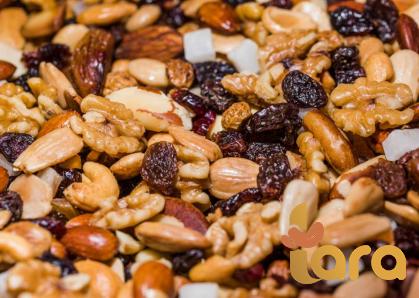
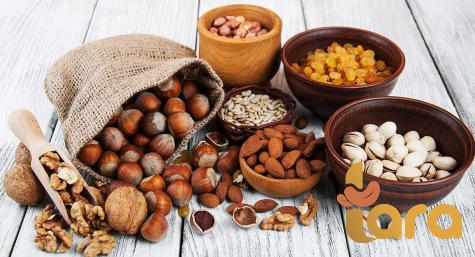
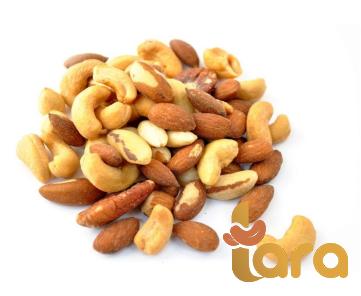
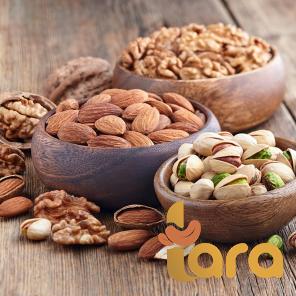
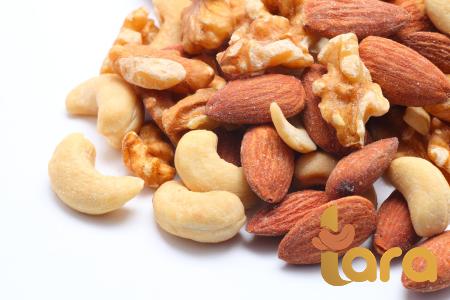
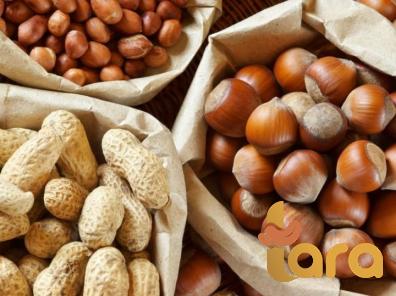
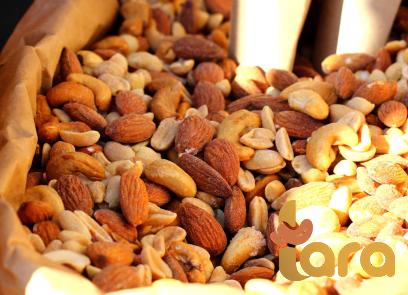
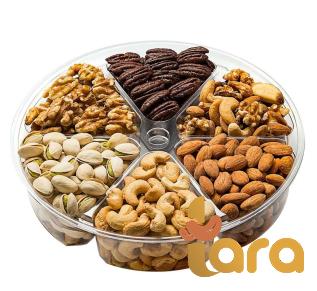
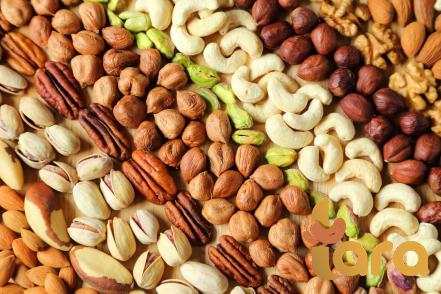
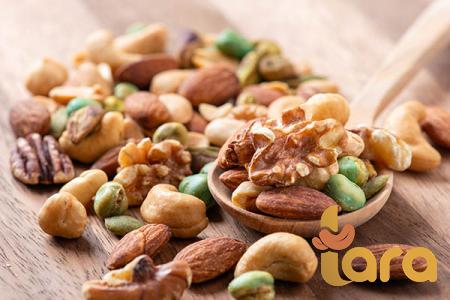
Your comment submitted.